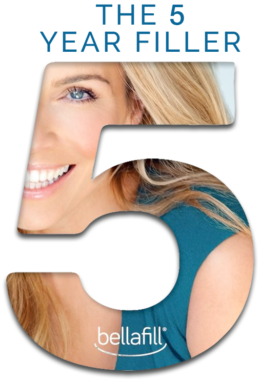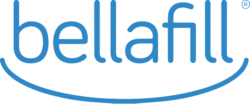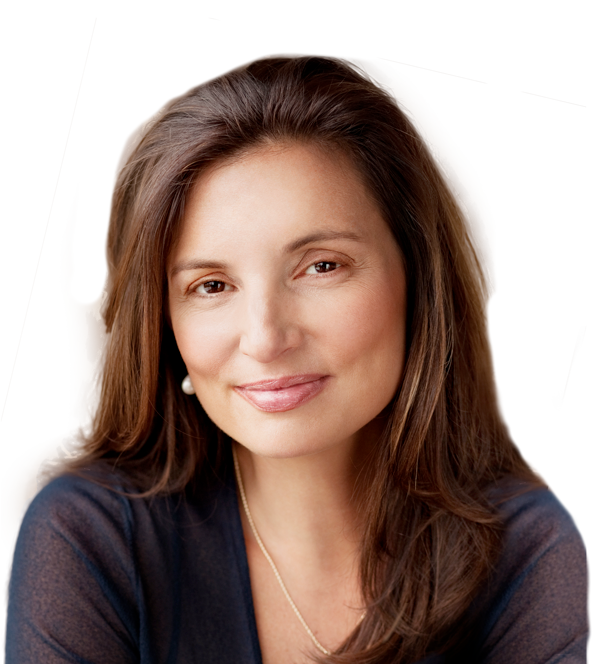Cheek Augmentation
Full cheeks with high cheek bones are a sign of classic beauty. Cheek implants (known as submalar and malar augmentation) and cheek augmentation can be used to create a balance between your cheeks and your other facial features, as well as help your face look fuller and fresher. For those with weak cheek structure or for those who have lost cheek padding and contour due to natural aging, there is a significant aesthetic benefit to cheek augmentation.
Types of Cheek Augmentation
There are numerous injectable materials including Sculptra, Restylane, and Radiesse available for cheek enhancement. Fat transfers (lipoaugmentation) are also common. A mid-face lift, done through a small incision in the hairline, can restore youthful mid-face fullness. A thread face lift, which is a new nonsurgical face lift, can also help create a healthy fullness to the cheek
Cheek Augmentation Candidates
Younger patients desiring cheek enhancement and volume typically undergo cheek implants. Older patients who have lost cheek volume through aging also have numerous cheek enhancement options in addition to cheek implants. Other candidates include:
- Patients wanting to fill cheek hollows and depressions
- Those who have an underdeveloped cheek bone structure
- Older patients who have lost soft tissue and natural padding in the cheeks
- Those with unwanted folds and wrinkles around the mouth
What to Know About Cheek Implants and Enhancement
Cheek implants and cheek enhancement add body and contour to cheeks that lack definition. The decision to have elective cheek surgery is highly individualized. Your in-depth consultation with Dr. Vargas in Kansas City will involve an extensive exam of your cheeks and face. Measurements and photos may be taken at this time. In your consultation, Dr. Vargas will also review all of the options (cheek implants, cheek augmentation, mid-face lift, non-surgical or traditional face lift) to help you make an informed decision.
“The hollowness of my cheeks severely aged me. My cheek augmentation restored the firmness to my face and has made me look as young as I feel on the inside.”
Mid-Face Lift Q&A
A mid-face lift addresses concerns on the mid-face. It is often referred to as a cheek augmentation. As you age you lose bone, muscle, and fat. This affects all areas of the face, but causes the cheek area to drop as it has lost its supportive structure.
Yes, while surgery usually offers more improvement than non-surgical procedures there are other procedures that can correct the mid-face. Fat grafting is a long lasting option that helps to provide structure to the area. There are also cosmetic fillers that can be injected into the area for improvement.
There are many facial cosmetic procedures that can be performed at once. Usually individuals needing this procedure are also looking for a lift in other areas of the face. It is common to add on a brow lift, lower/neck lift, and/or fat grafting.
The procedure is usually performed under twilight sedation. An incision is made behind the hairline on both sides of the head. Once the incision is made, the tissue is lifted and the cheek bone is reposition in a higher place.
In some cases an absorbable implanted device is placed for extra support while heal in the new position. Once the procedure is complete Dr. Vargas will place staples and/or sutures to close the incision.
Swelling and bruising is normal post procedure, in many cases this resolves within 10 days, but can last up to two weeks. It is common to for swelling to move downward on the face. Dressings will be changed at your 24-48 hour post op.
Sutures and staples will be completely removed after one week. It is normal to have numbness and itching during the healing process. Certain activities may be limited until you receive clearance from the doctor.
After the surgery it is best to use cold compresses and lay in an elevated position to reduce swelling and increase comfort. Pain medication is prescribed and can be used to aid in comfort levels post-surgery. You will need to clean the area and wear the recommended garment until your one week post-op appointment.
Any procedure that addresses cosmetic needs is not usually covered by insurance. Special cases such as trauma may be reimbursable in part or whole. It is the patient’s responsibility for pre-approval of coverage and to process the claim for insurance.




